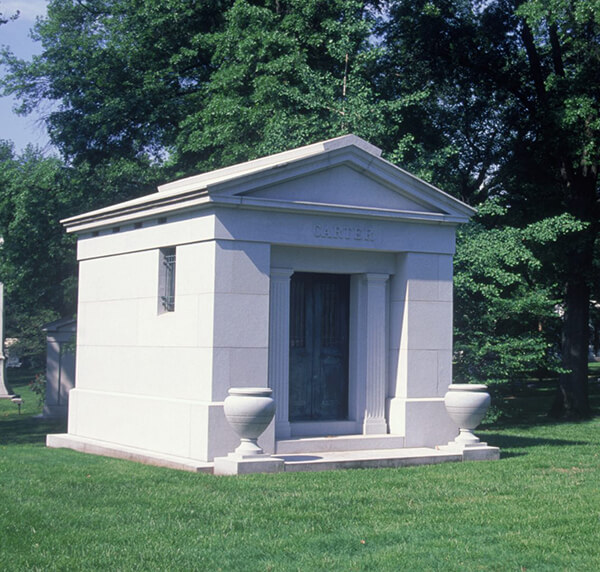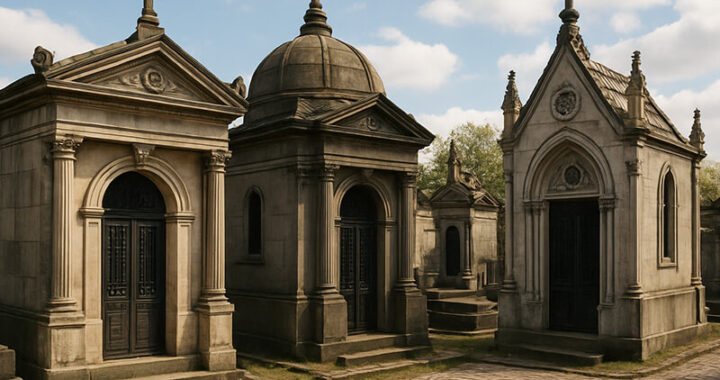How Do They Keep Mausoleums From Smelling?
What Is a Mausoleum
A mausolum is a stone building for above-ground burials. Families use them to keep loved ones in a safe and honored place. They are common in Europe and the U.S.
Why Odors Can Form
When a body changes after death, gases and fluds build up. If not contained, these can make odrs. Cemetries use diffent methods to stop this.
Sealed Caskets and Liners
Most mausolea need sealed caskets (ct) or metal liners (lnr). A gasketed casket (gskt) keeps gases in. In the U.S., the FTC notes that sealed coffins reduce leakge and odor. In Europe, zinc liners (zn) are often required by law.
Example From Europe
In Italy, Sofia’s family chose a mausolum in Rome for her mother. The cemetry did not force embalming, but they needed a zinc inner coffin (cf). The sealed case stoped odrs and gave peace to the family. Sofia said visitors could come without fear of smell.
Ventilation Systems
Some modern mausolea use vents (av) or small fans. These keep air moving. A 2019 study in France showed that airflow lowers humidty and reduces smell inside shared crypts (crpt).

Embalming as a Choice
Embalming is not always required. It costs €600–€900 in Europe. Many famlies skip it due to faith or cost. Still, sealed coffins (cf) or vaults (vt) meet health rules.
Health and Dignity
Odor control is about more than law. It is about respect. Families want a clean space. Visitors want peace. Sealed coffins, liners, and vents (av) make this real.
Conclusion
Mausolea stay clean through sealed coffins, zinc liners, and airflow. Sofia’s story in Italy shows how these steps work. These methods protect health and keep memory with dignity.

